- Quick Start
- EV Articles
- Tools + Calculators
- All Resources
- EV Cost Calculator
- Find A Charger
- Plan A Trip
- Emissions Calculator
- Incentives Calculator
- Links
- Share Feedback
In most ways, EVs are similar to traditional gas-powered cars. However, there are a few important differences. Get up to speed on the six core topics you need to know.

25% of Americans say they are likely to buy an EV for their next auto purchase.

Many consumer’s perceptions of EVs were set with early models. Today there are options to fit almost every lifestyle, preference and budget. To give you an idea, there were over 130 different EV models in the 2022 model year, with options across every vehicle class (compact, midsize, large car, SUV, minivan, and truck).
There are three main types of EVs: hybrid electric (HEVs), plug-in hybrid electric (PHEVs) and battery electric (BEVs). Hybrid vehicles utilize an electric motor and gas-powered engine. The battery is charged through a process known as regenerative braking, not through an outlet. A plug-in hybrid also has an electric motor and gas engine, but its battery can be connected to an electric power source to charge. Battery electric, or all-electric vehicles, do not have an engine and derive all their power from an externally charged battery.
The fourth type of EV is hydrogen-powered fuel cell (FCEVs), available only in limited markets, primarily California.
The terms “engine” and “motor” are often used interchangeably. However, the two are not the same.
An engine powers a vehicle through the combustion of fuel, such as gasoline, into energy. A motor uses electricity from a battery to make the car run.
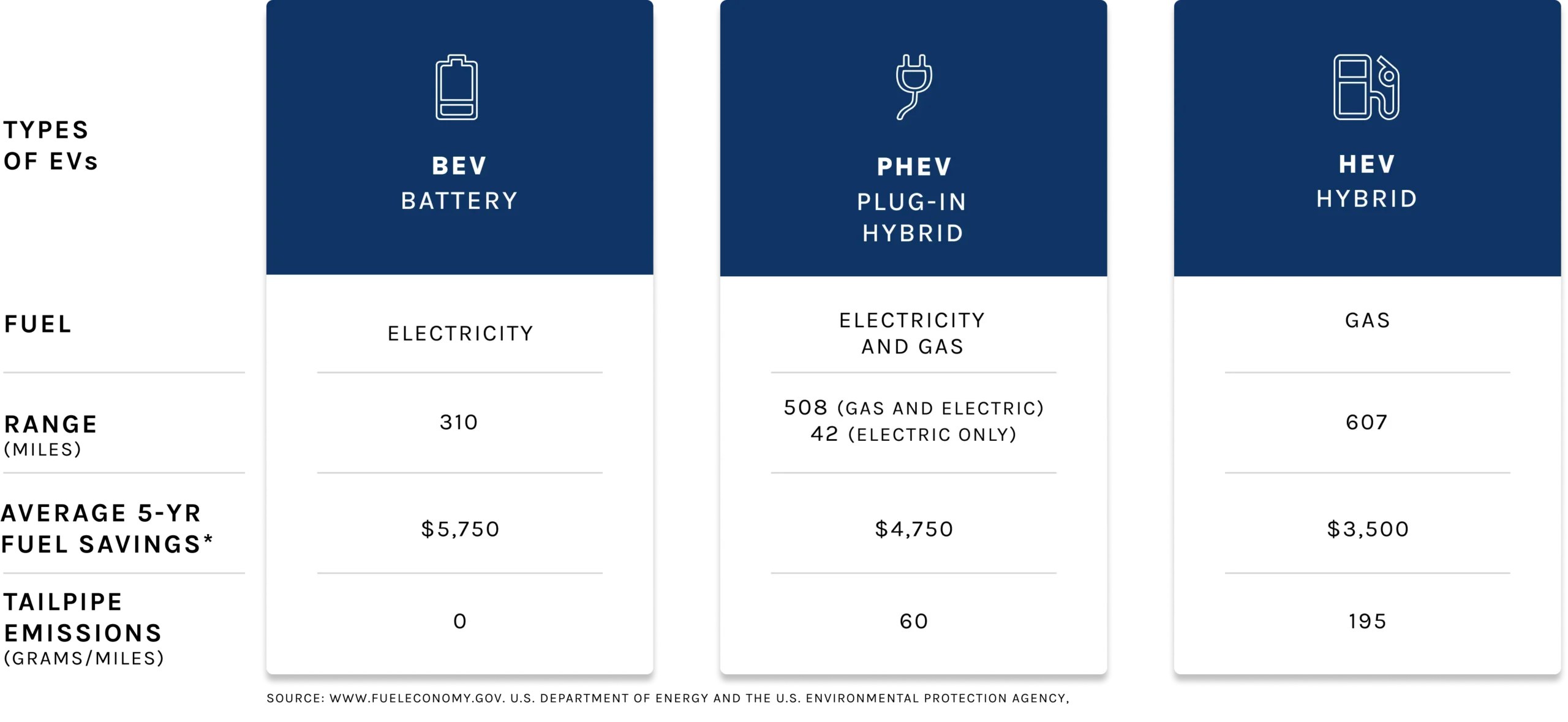
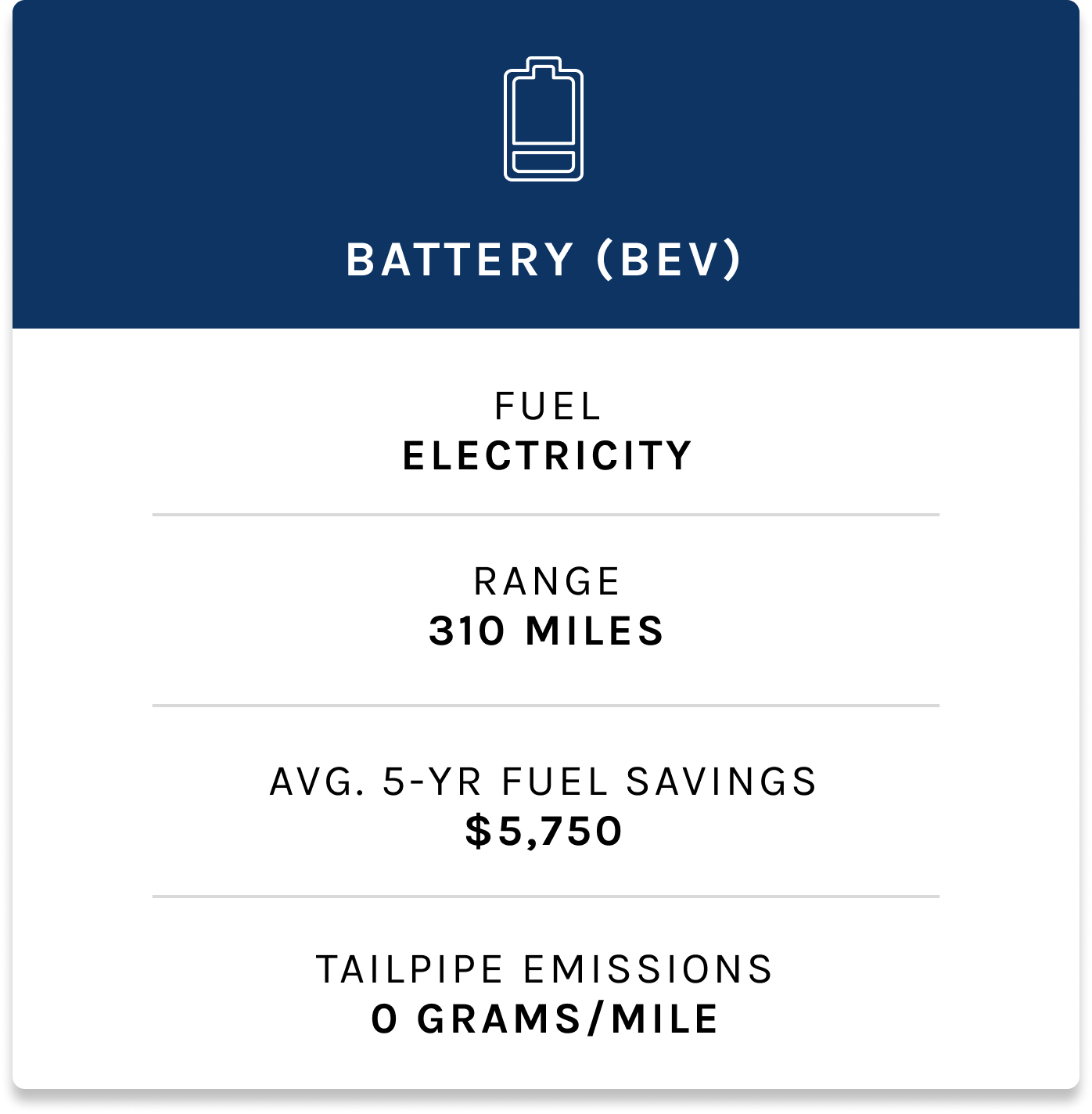
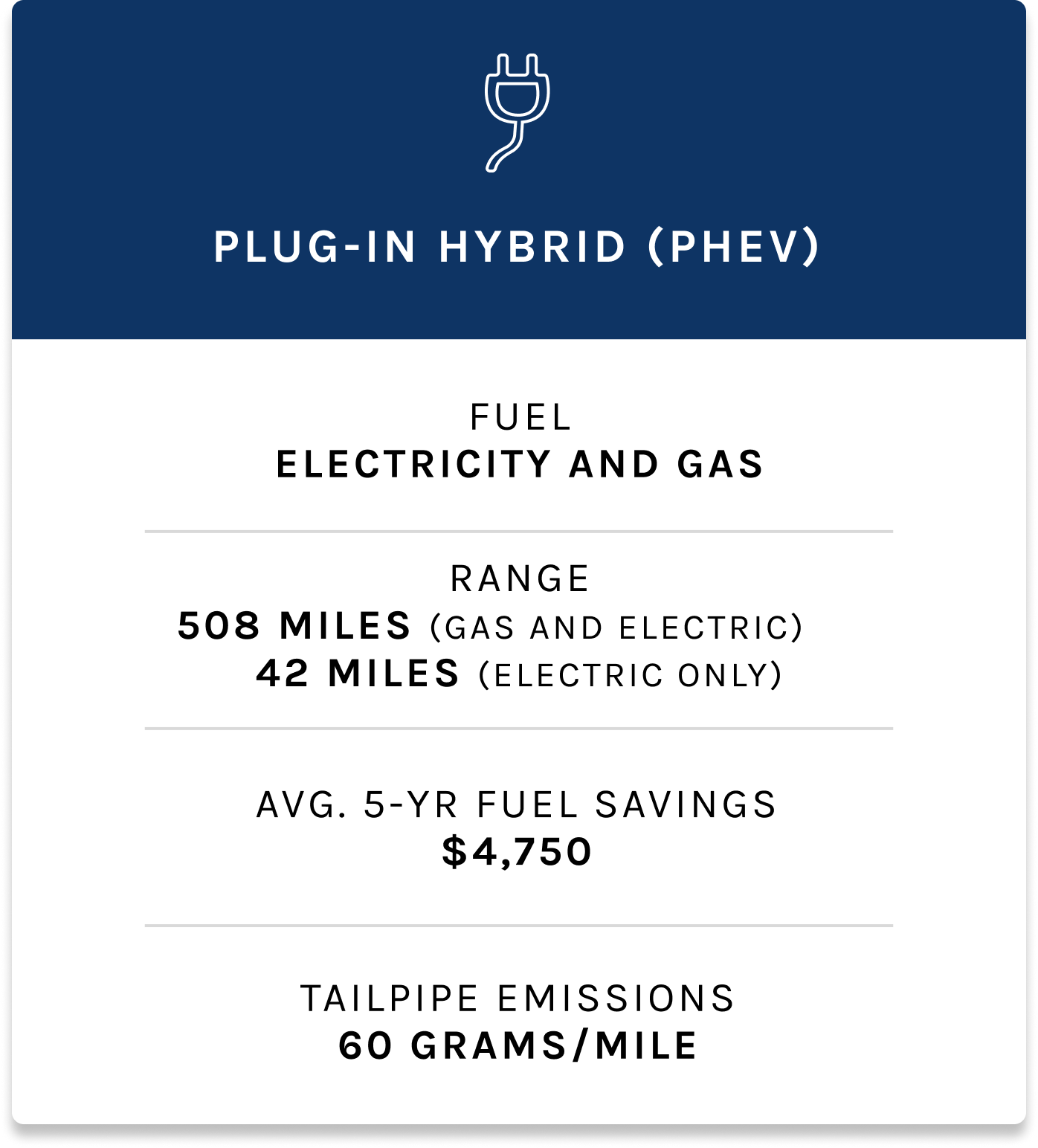
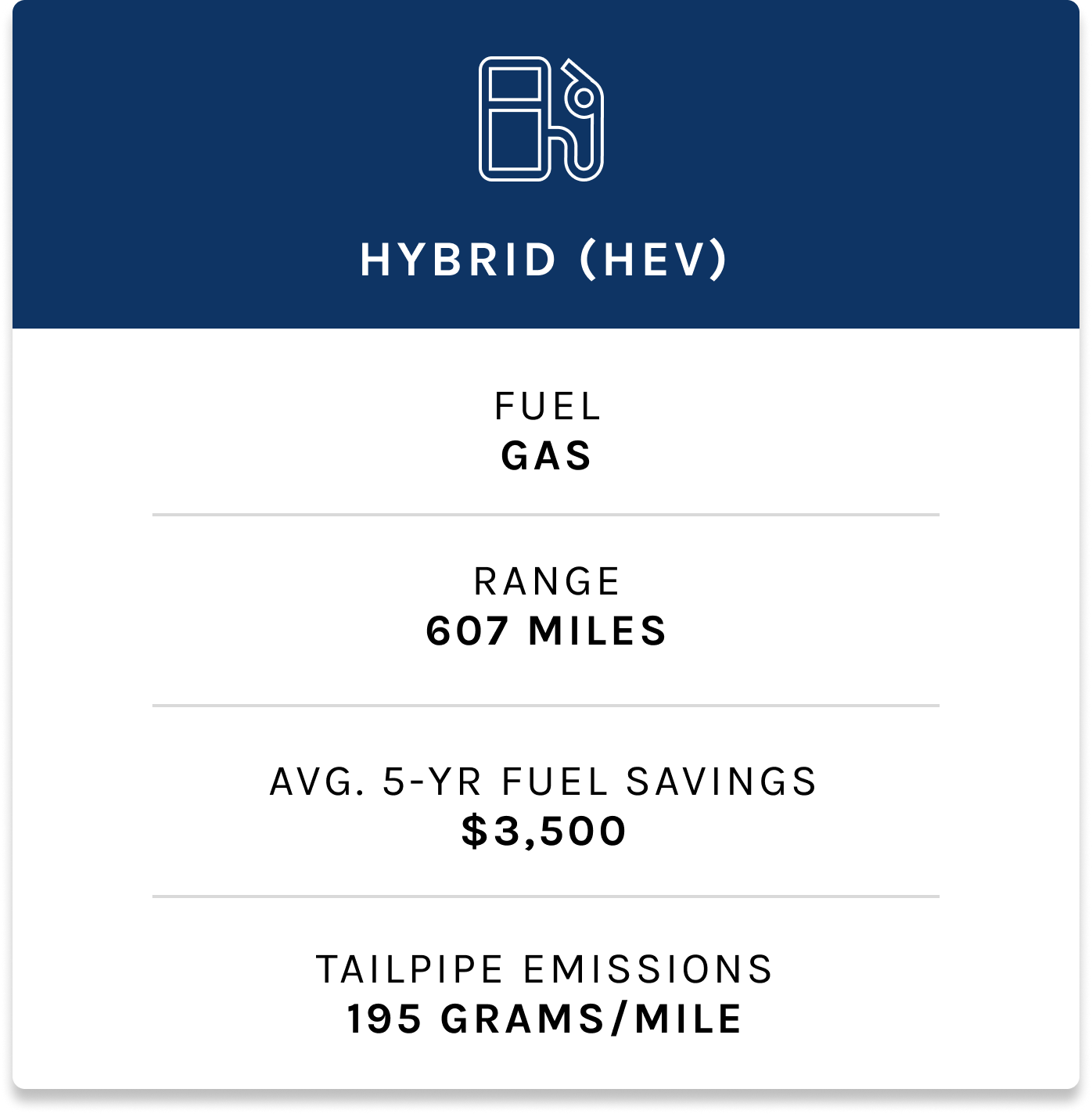

Affordability remains one of the biggest barriers to EV adoption. While it is true that EVs typically have a higher purchase price than similar gas-powered cars, the difference is often made up with government-funded financial incentives and lower operating costs.
In fact, AAA research has found the cost of owning an EV is comparable to that of a traditional gas-powered car over the lifetime of the vehicle.
The recently passed Inflation Reduction Act of 2022 extended and modified the $7,500 federal tax credit on qualifying EVs through 2032.
There are numerous financial incentives available to EV customers. The most noteworthy is a federal tax credit up to $7,500 on new-vehicle purchases. The credit is non-refundable, meaning the government will not be writing you a check if you purchase an EV. Instead, the credit is applied to your tax liability, and at best, it can reduce your tax bill to zero.
The Inflation Reduction Act of 2022 ensures the federal tax credit will stay in place through at least 2032. The bill provides a smaller credit to used EVs, as well. However, the legislation also imposes income and price caps that will limit who can claim the credit and which EV models are eligible for it.
The federal tax credit is not the only monetary assistance available to electric vehicle owners. Many state and local incentives exist across the country. New York, for example, has several financial programs available to EV owners. Through the Drive Clean Rebate, car owners can receive a discount between $500 and $2,000. The MORE-EV program in Massachusetts offers residents a $2,500 rebate on all-electric vehicles and a $1,500 rebate on plug-in hybrid electric vehicles that cost less than $50,000.

There are more than 50,000 public EV charging stations across the U.S.
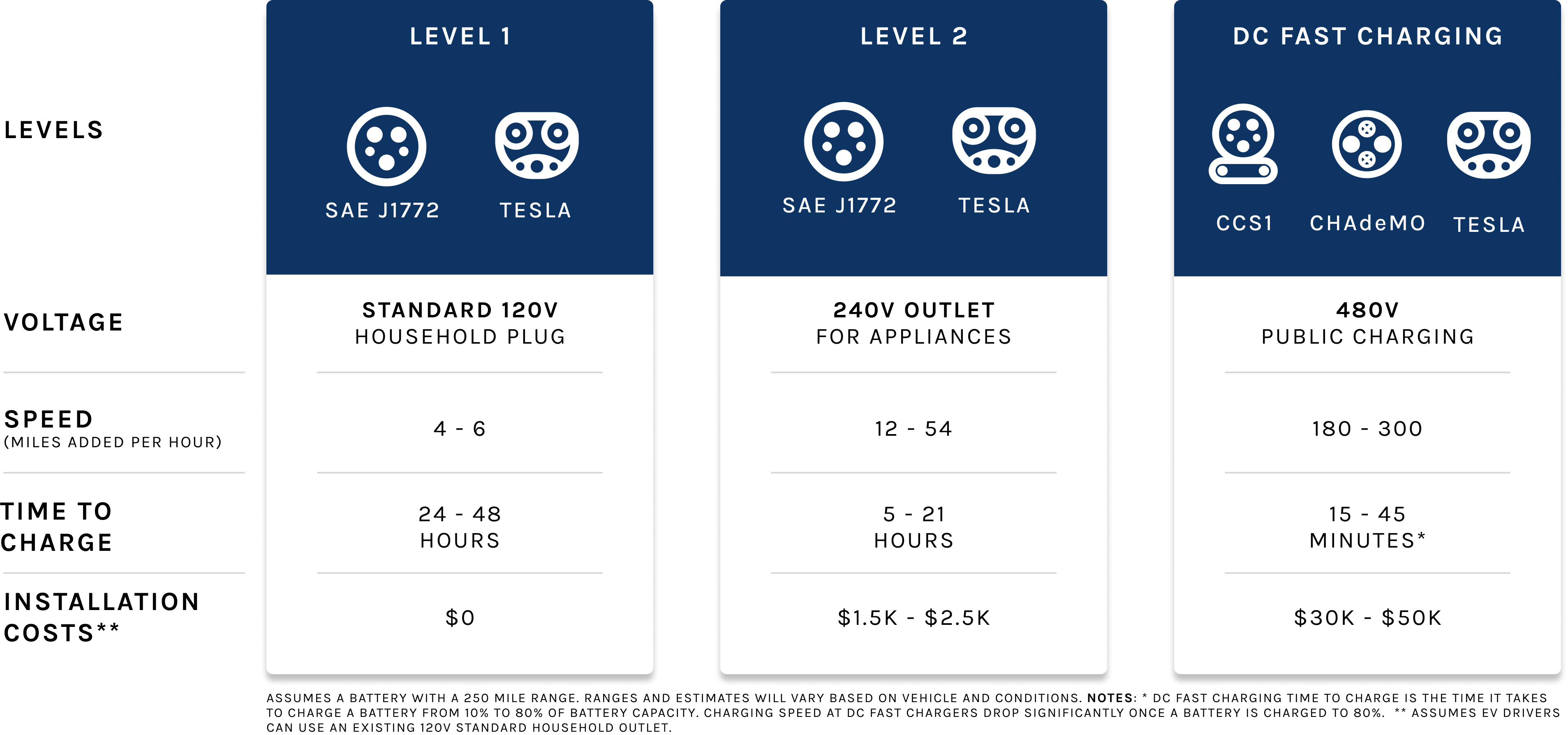

Tesla claims its Model S Plaid can go from 0 to 60 mph in just 1.99 seconds.
Unlike gas-powered vehicles, EVs get better mpg equivalent on city roads versus the highway.
This is because frequent stops help charge an EV’s battery through regenerative braking.
EVs have fewer parts than gas-powered cars, meaning fewer mechanical pieces that need to be kept in good condition and less of a chance of anything breaking or wearing down. Because of this, EVs require significantly less maintenance than their gas-powered counterparts.
The convenience and peace of mind that come with less maintenance concerns can’t be discounted. But this benefit also adds up to real dollars and cents. AAA found EVs cost 7.70 cents per mile to maintain, while the average car cost 9.55 cents per mile. Over the course of 13,500 miles (roughly the average annual mileage of U.S. motorists), this equates to a savings of nearly $250 every year.
The vast majority of EVs utilize a lithium-ion battery, which provides greater energy density and a longer-lasting charge than other rechargeable batteries. They do, however, lose capacity over time, a process known as battery degradation. Studies have shown that EV batteries typically lose about 5-10% capacity over the first five years on the road. There are several steps you can take to ensure your battery lasts as long as possible, for example: keeping your battery level between 20% and 80% as much as possible, minimizing fast charging, and limiting exposure to extreme temperatures.
Maximize the life of your EV battery by adopting these practices with:

EVs in the U.S. have been found to produce more than 50% fewer emissions than gas-powered cars over their lifetime.